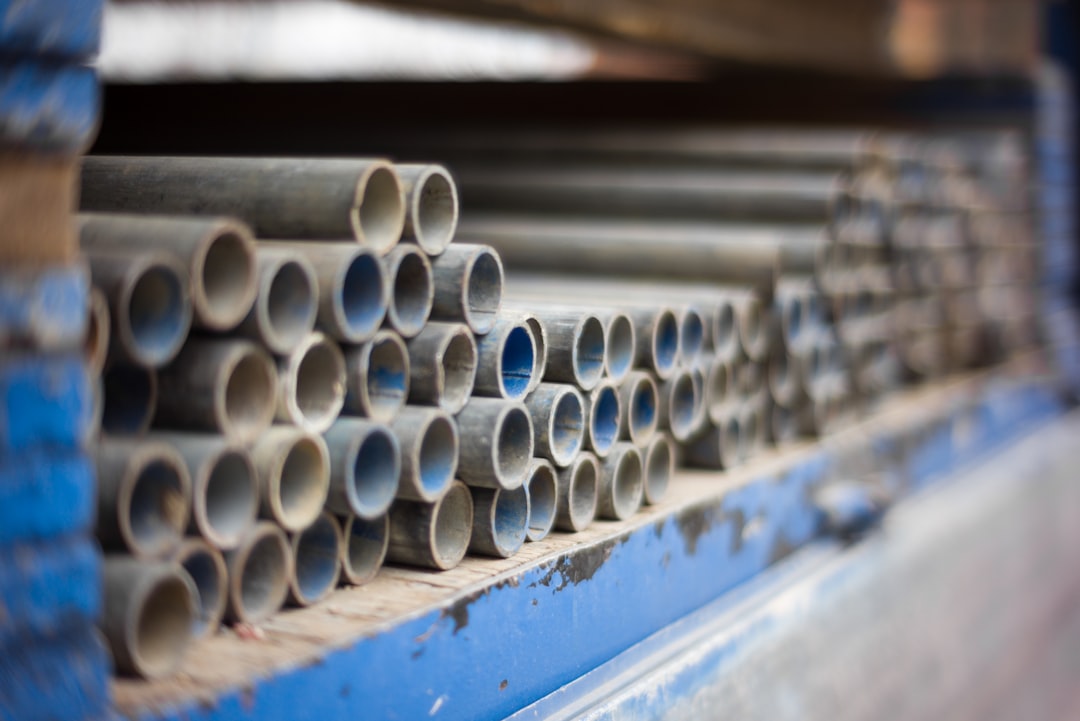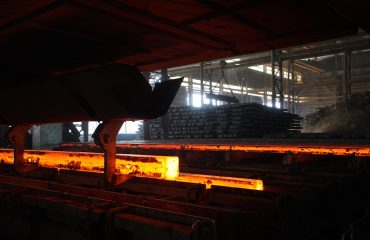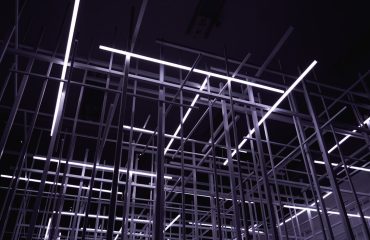Carbon steel has long been the workhorse of the metal industry. However, demand for materials with enhanced properties – higher strength, corrosion resistance, or specific thermal characteristics – has driven the development of a wide range of alternative steel alloys. This post delves into the fascinating world of these alloys, exploring their unique characteristics and diverse applications.
1. Stainless Steels: The Champions of Corrosion Resistance
Stainless steels are arguably the most well-known alternative steel alloys. Their exceptional corrosion resistance stems from the addition of chromium (typically at least 10.5%), which forms a passive chromium oxide layer on the surface, protecting the underlying metal from oxidation. Different grades of stainless steel offer varying levels of corrosion resistance, strength, and ductility, catering to a wide range of applications. For instance:
- Austenitic stainless steels (like 304 and 316): Known for their excellent corrosion resistance and ductility, making them ideal for food processing equipment, medical instruments, and architectural applications.
- Ferritic stainless steels (like 430): Offer good corrosion resistance and are typically less expensive than austenitic grades. They are often used in automotive exhaust systems and appliances.
- Martensitic stainless steels (like 410): Possess high strength and hardness, making them suitable for cutlery, surgical instruments, and high-strength fasteners.
- Duplex stainless steels: Combine the properties of austenitic and ferritic stainless steels, resulting in high strength, corrosion resistance, and improved weldability.
The choice of stainless steel grade depends heavily on the specific application and the environmental conditions it will face.
2. High-Strength Low-Alloy (HSLA) Steels: Maximizing Strength and Efficiency
HSLA steels achieve high strength through controlled additions of alloying elements like manganese, silicon, copper, vanadium, and niobium. These additions refine the steel’s microstructure, leading to significant improvements in yield strength without a substantial increase in weight. This makes HSLA steels particularly attractive for applications where weight reduction is crucial, such as:
- Automotive industry: Used extensively in car bodies, chassis, and other components to improve fuel efficiency.
- Construction industry: Employed in bridges, buildings, and pipelines due to their high strength-to-weight ratio.
- Transportation industry: Utilized in railway cars, ships, and other transportation vehicles.
The precise composition of HSLA steel is tailored to meet the specific requirements of each application, offering a balance between strength, toughness, weldability, and formability.
3. Tool Steels: The Backbone of Manufacturing
Tool steels are designed for high-temperature applications and exhibit exceptional hardness, wear resistance, and dimensional stability. They are essential components in various manufacturing processes. Common alloying elements include tungsten, molybdenum, chromium, vanadium, and cobalt. These elements contribute to the steel’s ability to withstand high temperatures and pressures without losing its hardness or shape. Different tool steels are optimized for specific applications, such as:
- High-speed steels: Maintain hardness at high temperatures, making them suitable for cutting tools used in machining operations.
- Cold work tool steels: Used for tools that operate at room temperature, such as punches, dies, and molds.
- Shock-resistant tool steels: Designed to withstand impact loads, often found in chisels, hammers, and other impact tools.
The selection of the appropriate tool steel is critical for ensuring the efficiency and longevity of the manufacturing process.
4. Maraging Steels: Achieving Exceptional Strength and Toughness
Maraging steels are a unique class of high-strength steels characterized by their exceptional strength and toughness. They achieve this through a martensitic transformation during aging, a heat treatment process that significantly enhances their mechanical properties. These steels are typically low in carbon content but contain high levels of nickel, cobalt, molybdenum, and titanium. This combination results in materials with outstanding tensile strength and excellent ductility, making them ideal for demanding applications, such as:
- Aerospace industry: Used in high-strength components of aircraft and spacecraft.
- Defense industry: Employed in high-performance weapons systems.
- Medical industry: Used in some high-precision medical implants.
Maraging steels are relatively expensive, but their unique combination of properties justifies their use in critical applications where reliability and performance are paramount.
5. Weathering Steels: Embracing the Patina of Time
Weathering steels, also known as Corten steels, are designed to develop a protective rust layer that prevents further corrosion. This unique characteristic eliminates the need for painting or other surface treatments, reducing maintenance costs and environmental impact. The protective rust layer is formed through a controlled oxidation process, and the specific composition of the alloy influences the rate and appearance of this patina. Weathering steels are widely used in:
- Architectural applications: Creating visually striking and low-maintenance building facades.
- Bridges and infrastructure: Reducing the need for frequent repainting and maintenance.
- Sculptures and art installations: Adding an element of natural weathering and aging to artistic creations.
The aesthetic appeal and low-maintenance nature of weathering steels have made them increasingly popular in various applications.
The development of alternative steel alloys continues to push the boundaries of material science, providing innovative solutions for a wide range of industries. By understanding the unique properties and applications of these materials, engineers and designers can select the optimal steel alloy for their specific needs, leading to more efficient, durable, and sustainable products.
Tags: Alternative Steel Alloys, Stainless Steel, HSLA Steel, Tool Steel, Maraging Steel, Weathering Steel




